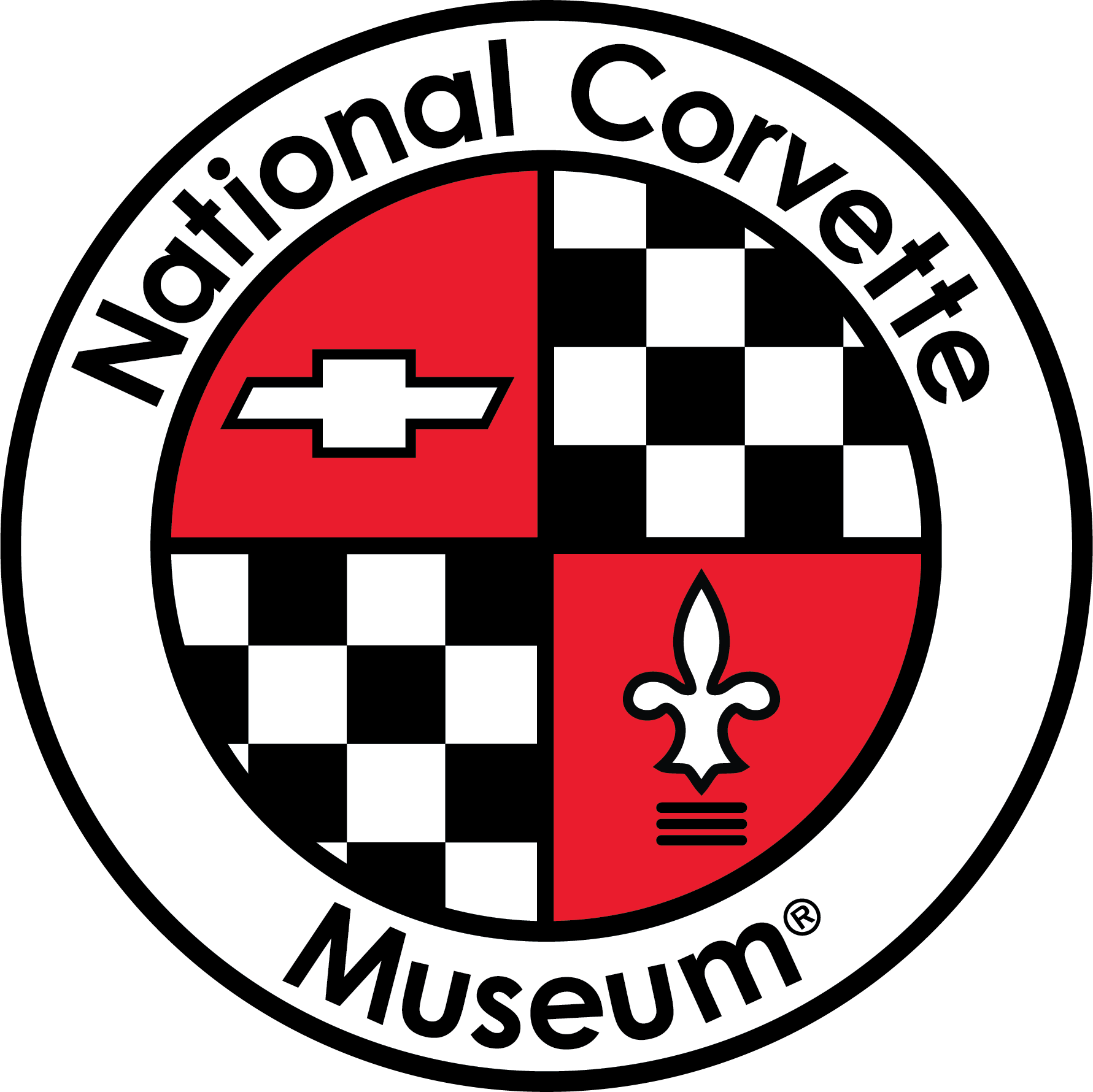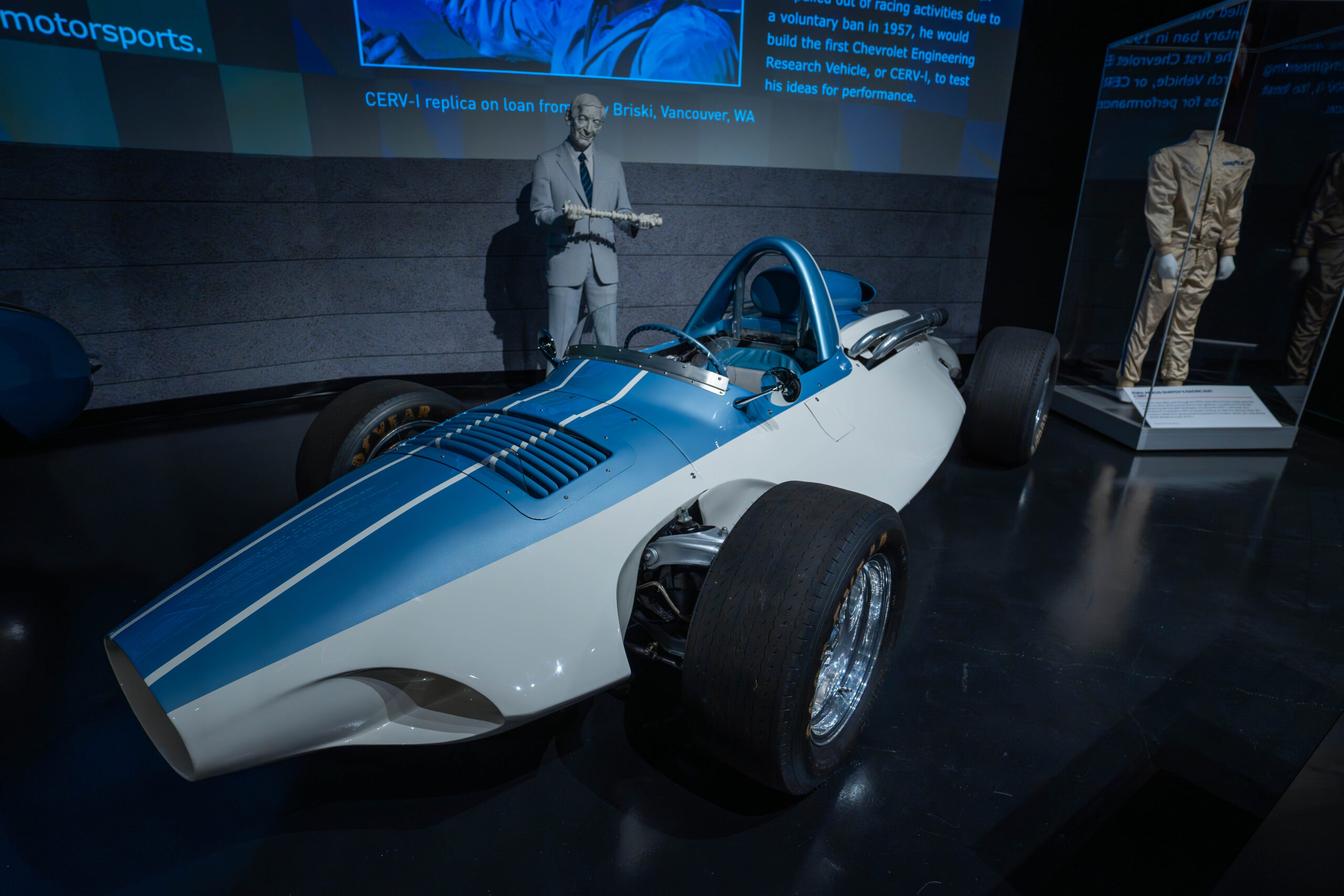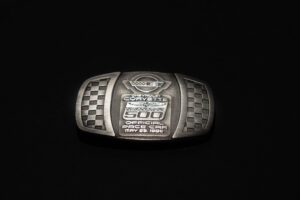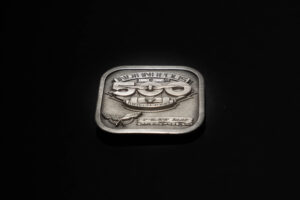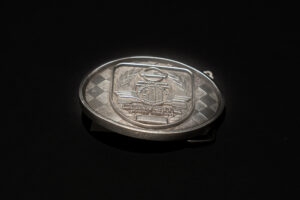On August 6, the stars of the NTT IndyCar Series will take to the streets of Nashville in the third annual Music City Grand Prix. In honor of this exciting event, the National Corvette Museum is proud to share several special artifacts from its collections. These objects recall some of our favorite motorsports memories, highlight Corvette’s connections to open-wheel racing, and celebrate the history and heritage of Nashville.
Chevrolet Engineering Research Vehicle (CERV) I Replica: By the late 1950s, the American automobile manufacturers had withdrawn their direct support of auto racing. However, the withdrawal did not quell Zora Arkus-Duntov’s enthusiasm for high-performance cars. Zora led a team of fellow Chevrolet engineers to create a mid-engine, tube frame, single-seat concept car built to open-wheel racing specifications. Revealed to the public in November 1960 at the US Grand Prix at Riverside, Zora and his team were careful to describe their creation as a “research vehicle” built for testing purposes. In reality, the racing spirit was still alive and well at Chevrolet.
While Zora wanted to apply lessons learned from CERV I to Corvette’s development, the vehicle also served as a window into the future of American open-wheel racing. Mid-engine cars were beginning to dominate Formula One by 1960, and they would take over racing at Indianapolis within the next decade. By placing the heavy engine between the cockpit and the rear axle, mid-engine cars had superior handling and better grip than their front-engine counterparts. Zora’s CERV I never did compete in a race, but it did launch a series of other CERVs that Chevrolet would use for extensive performance testing. The replica on display, loaned from Tony Briski, is a faithful recreation of the original.
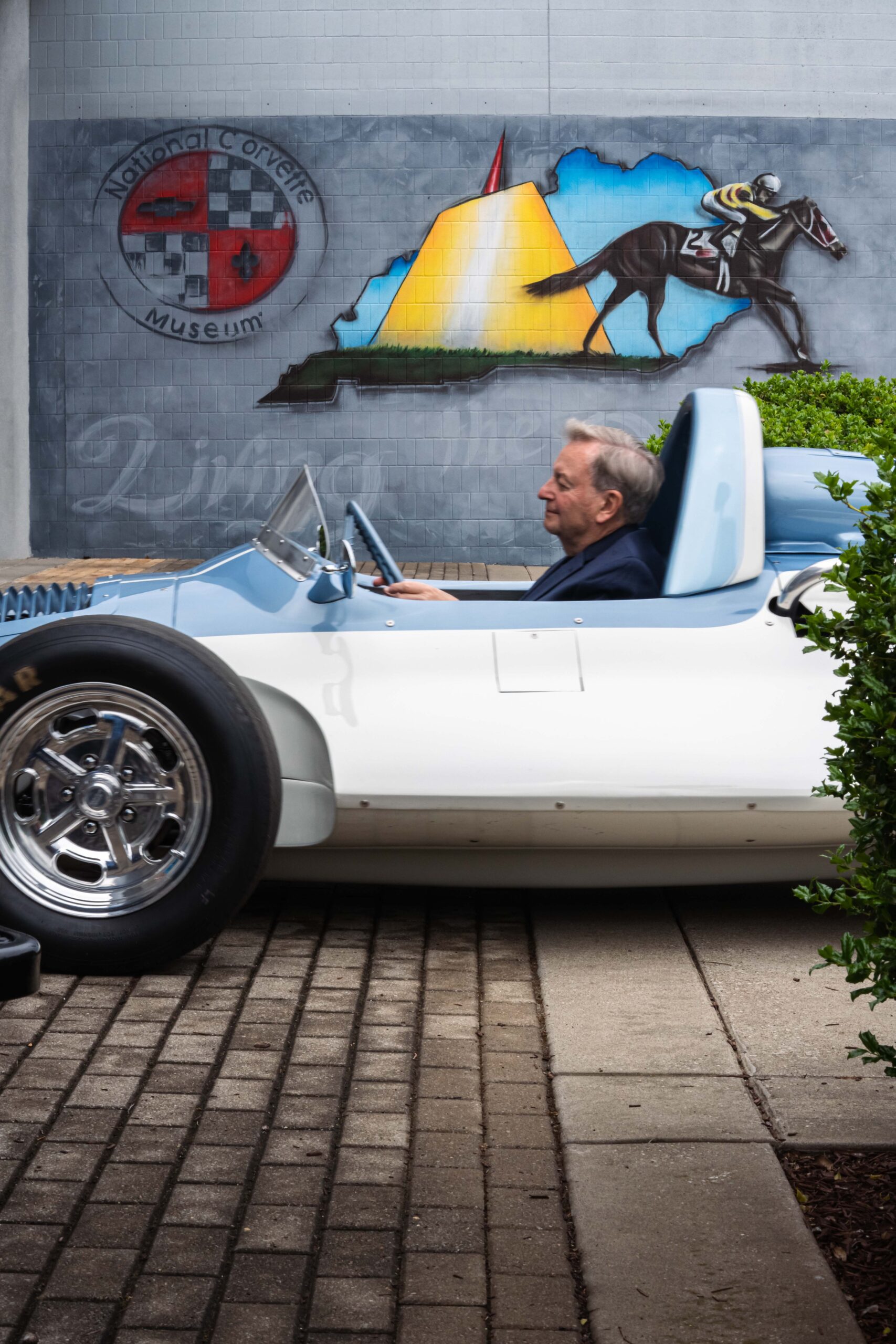
Chevrolet Engineering Research Vehicle (CERV) I Replica driven in the 2023 Michelin NCM Bash Demonstration Drive
Gibson Les Paul Custom Corvette Prototype Guitar: Nashville’s nickname says it all – “Music City.” The capital city of Tennessee holds a deep connection to the iconic sounds, names, and brands of American music, including Gibson guitars. Gibson’s Les Paul guitars are made exclusively in Nashville and are renowned as instruments of the highest quality. Likewise, Corvette is an American original known for its own fine craftsmanship. So, it is little surprise that Gibson has produced a line of Les Paul Custom Corvette-themed guitars.
This prototype guitar, on display at the NCM, features styling details borrowed from the 1960 Corvette. The body is tuxedo black with an ivory scoop similar to the iconic “scoop” design on the side of the car. Other references to the 1960 Corvette include “fuel injection” and “283” (the size of the Corvette’s engine in cubic inches) engraved into the pickup covers. The “Corvette” name appears in silver script along the neck of the guitar with the Corvette flags emblem on the head. This guitar is also signed by Zora Arkus-Duntov, adding an additional flourish to this tribute to two iconic American brands.
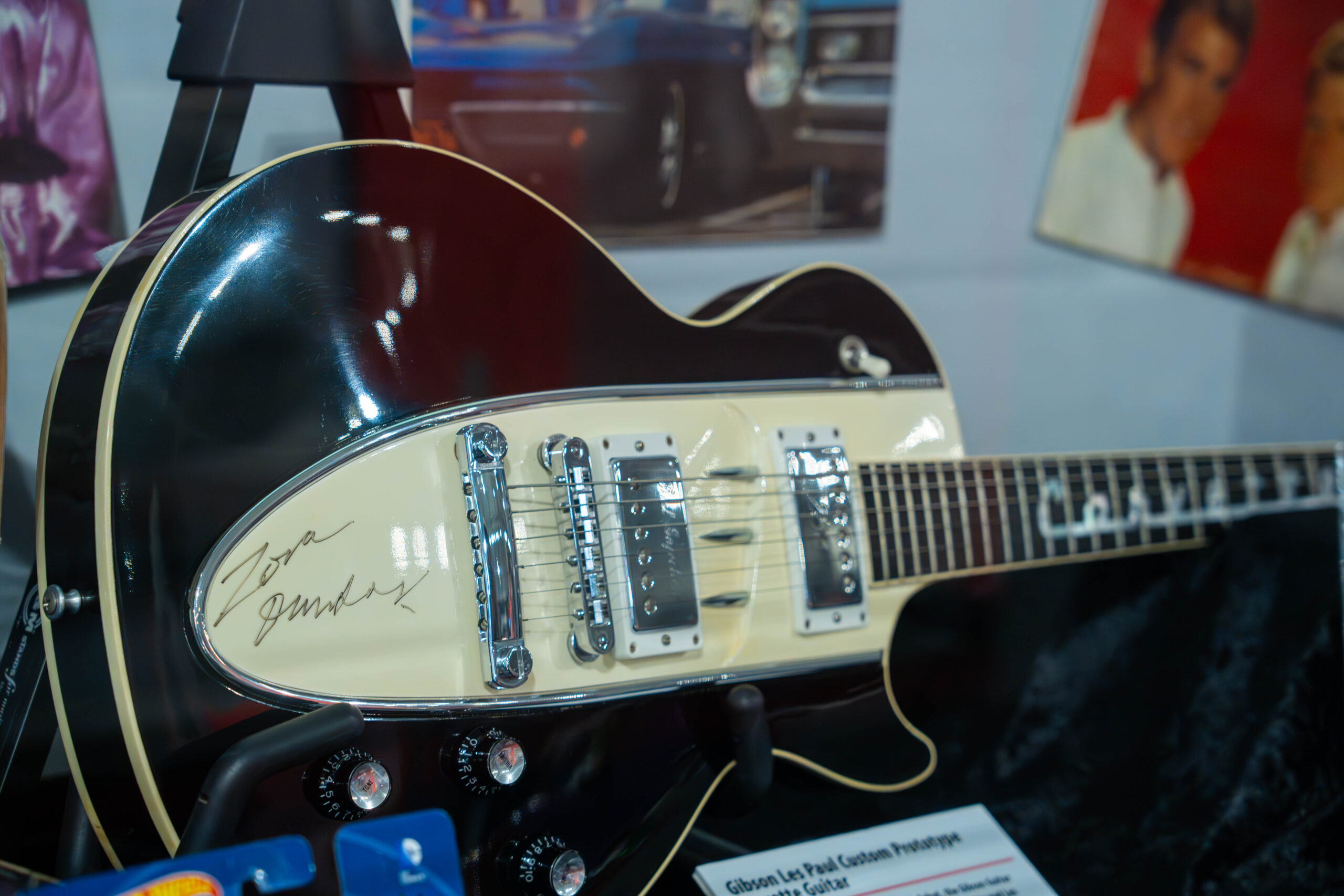
Gibson Les Paul Custom Corvette Prototype Guitar
1967 Dick Guldstrand/Bob Bondurant Le Mans Corvette 1:18 Scale Model: This model Corvette, donated by Leslie Gardner, is autographed by Corvette Hall of Fame member Dick Guldstrand. While planning a career in aerospace engineering, Guldstrand caught the racing bug not long after purchasing his 1956 Corvette. Embracing his inner need for speed, Guldstrand dabbled in open-wheel competition but had a much stronger career racing Corvettes. He became one of the most celebrated drivers of his era in the west coast road racing scene, winning three consecutive SCCA Pacific Coast Championships from 1963-1965. Guldstrand’s successes on the track, bolstered by his engineering expertise, opened doors for him to compete on some of racing’s biggest stages. One of those was the 1966 24 Hours of Daytona, where he scored a class victory in a Corvette Sting Ray owned by Roger Penske.
In 1967, Guldstrand got to team up with Bob Bondurant (another Corvette Hall of Famer) to race a Corvette L88 in the 24 Hours of Le Mans. Upon arriving at Orly Airport near Paris, the team found that they had forgotten to secure a trailer for the car. So, Guldstrand and Bondurant drove their Corvette from the airport to Le Mans, roughly 200 kilometers across the French countryside. The thundering roar of the engine attracted the attention of the locals along the way and an excited crowd followed Guldstrand and Bondurant to Le Mans, eager to see the Corvette in action.
Unfortunately, the Corvette did not finish the race. The L88 dropped out with an engine failure while leading its class in the 13th hour, though not before setting a new GT record of 171.5 mph on the Mulsanne Straight. Despite the disappointing result, Guldstrand would recall his Le Mans experience fondly, especially the enthusiastic reception for his boisterous, earth-shaking Corvette.

1967 Dick Guldstrand/Bob Bondurant Le Mans Corvette 1:18 Scale Model
Indianapolis 500 Commemorative Corvette Belt Buckles: Corvettes have served as the official pace cars of the Indianapolis 500 for 20 races, including the last seven. For several of the early years, Indianapolis Motor Speedway created a unique tribute to America’s Sports Car in the form of commemorative belt buckles. The NCM collection includes three buckles donated by Vince Perriello, one each from 1986, 1995, and 1998. Only 500 of these buckles were produced each year.
Although the design of each buckle is unique, they share some common elements. Corvette’s status as the official pace car of the Indy 500 appears prominently on the front side of all three buckles. Each one also features the Corvette emblem used in their respective years. The belt buckles from 1986 and 1995 include the C4 style emblem with the checkered flag and Chevrolet banners over a thin circle. This was updated to the C5 emblem in 1998 with the return of the stylized crossed flags. On the reverse side, all three buckles include an official serial number out of 500. As Corvettes have continued to pace the field at the Brickyard into the 21st century, you might say that Corvettes perfectly fit the Indianapolis 500 like a buckle on a belt.
- Indianapolis 500 Commemorative Corvette Belt Buckles
1978 Chevrolet Corvette Silver Anniversary Edition: The first time a Corvette ever served as an Indy 500 pace car was in 1978. Coincidentally, 1978 was also Corvette’s 25th anniversary. To celebrate the occasion, General Motors created a Silver Anniversary Edition of the Corvette. This car was the first Corvette since 1961 to come with two-toned paint. The upper surface of the body is a vibrant silver, while the lower surface is a much darker metallic gray. Other features include exterior “sport” mirrors and aluminum wheels. GM did not set a limit on the Silver Anniversary Corvette and the car was in high demand, with over 15,000 produced. One of these milestone cars, donated by Craig and Sharon Conde, is on display at the NCM.
The Silver Anniversary Edition Corvette’s two-toned design would inspire its pace car counterpart. This time, the color pattern was flipped with dark gray, nearly black paint on top and bright silver on the bottom. Fans’ anticipation to see a Corvette at the Brickyard was so great that GM eventually decided to produce about 6,000 Limited Edition Pace Car Replicas. On race day, 1960 Indianapolis 500 winner Jim Rathmann paced the field in the black and silver Corvette, kicking off a beautiful relationship between the Greatest Spectacle in Racing and America’s Sports Car.
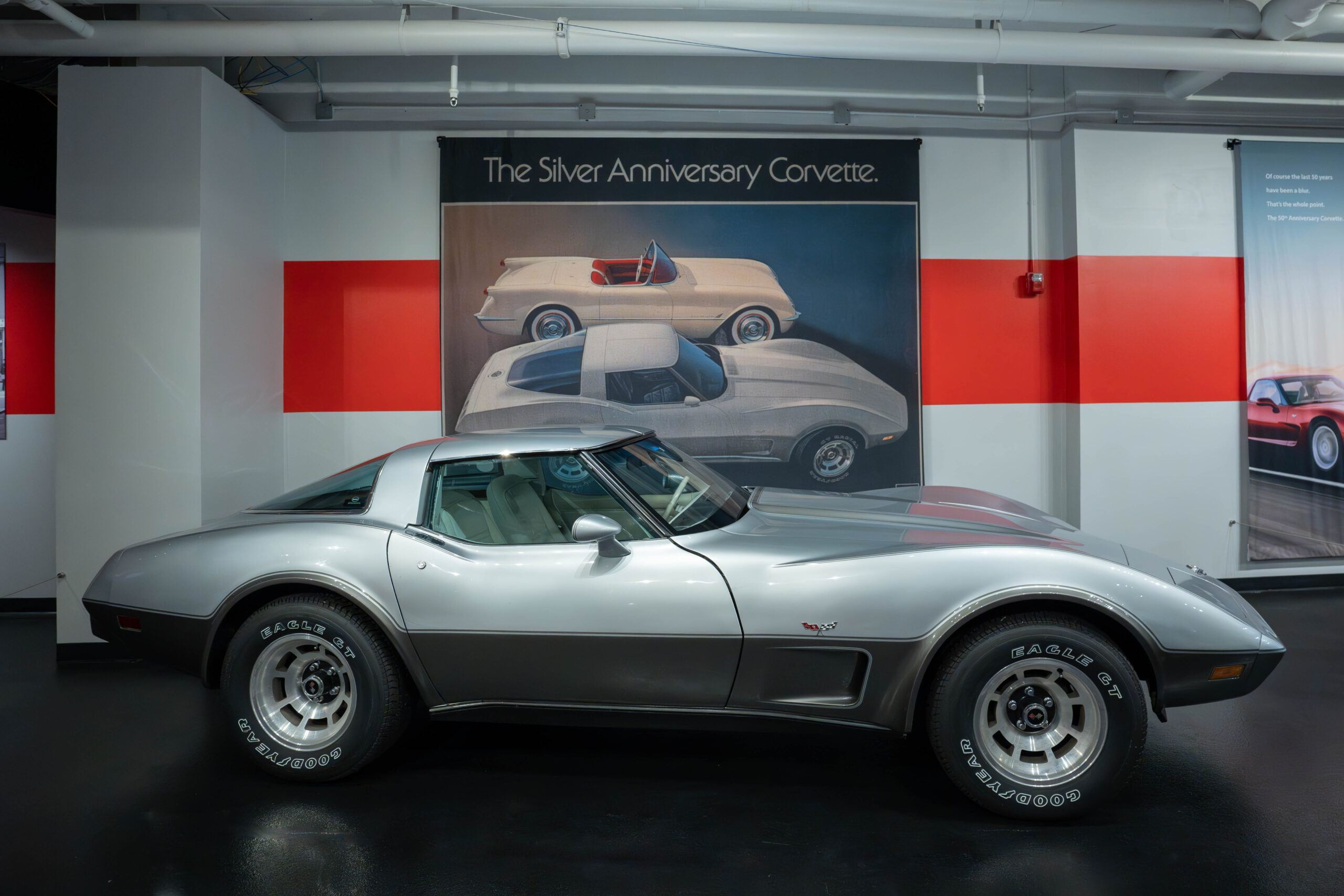
1978 Chevrolet Corvette Silver Anniversary Edition
